Home>Ideas and Tips>Voice-Activated Appliances and Integration with Smart Home Technology
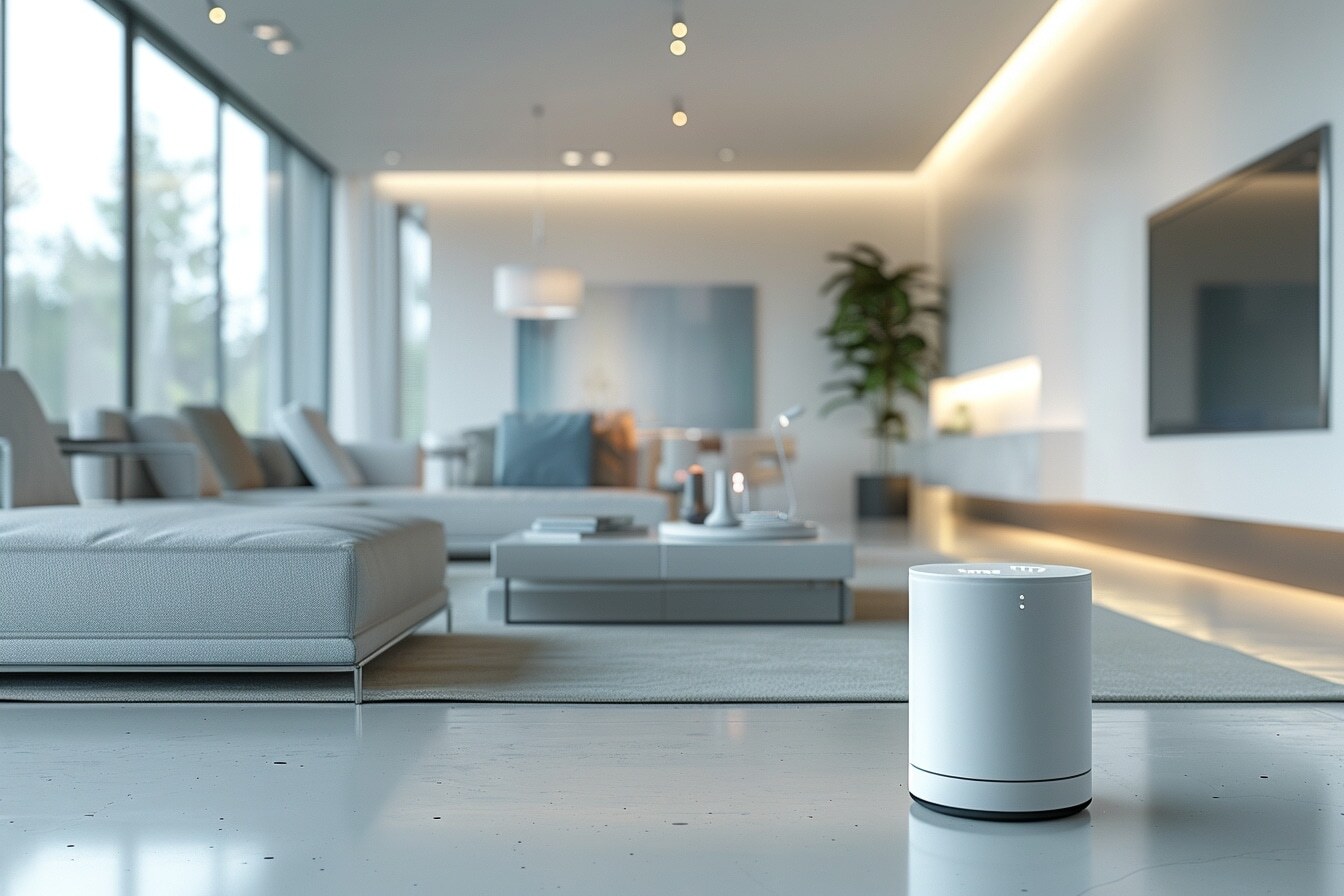

Ideas and Tips
Voice-Activated Appliances and Integration with Smart Home Technology
Published: September 22, 2024
Discover the convenience of voice-activated appliances in smart homes. Learn about benefits, applications, and top products for seamless home automation.
(Many of the links in this article redirect to a specific reviewed product. Your purchase of these products through affiliate links helps to generate commission for Storables.com, at no extra cost. Learn more)
Voice-Activated Appliances: Smart Home Technology Integration
In today's fast-paced world, the concept of smart home technology has revolutionized the way we live and interact with our living spaces. One of the most exciting advancements in this field is the integration of voice-activated appliances, which offer unparalleled convenience and ease of use. This article delves into the world of voice-controlled home automation, exploring its benefits, practical applications, and the latest innovations in this rapidly evolving technology.
Introduction to Voice-Controlled Home Automation
Home automation has been a growing trend for several years, aiming to reduce human effort and enhance energy efficiency. The integration of voice control into home automation systems has taken this concept to new heights, providing users with a hands-free experience that is both intuitive and efficient. By leveraging advanced speech recognition technology, voice-controlled home automation allows individuals to manage various aspects of their homes using simple voice commands.
Historical Context
The idea of controlling home appliances with voice commands is not new. However, recent advancements in artificial intelligence and machine learning have significantly improved the accuracy and versatility of voice-controlled systems. Today, voice assistants like Amazon Alexa, Google Assistant, and Apple's Siri are integrated into a wide range of smart home devices, making it easier than ever to control lighting, thermostats, security systems, and more with just your voice.
Key Components
A typical voice-controlled home automation system consists of several key components:
- Voice Assistant: This is the central hub that processes voice commands and executes actions. Popular voice assistants include Amazon Alexa, Google Assistant, and Apple's Siri.
- Smart Devices: These are the appliances and gadgets that can be controlled using voice commands. Examples include smart thermostats, lighting systems, door locks, and security cameras.
- Hub or Bridge: This is the device that connects smart devices to the internet and enables communication between them and the voice assistant.
- App Integration: Many smart home systems come with companion apps that allow users to configure settings, monitor devices, and receive notifications.
Benefits of Voice-Controlled Home Automation
The integration of voice control into home automation offers numerous benefits that enhance the user experience and improve daily life.
Convenience
One of the most significant advantages of voice-controlled home automation is its convenience. Users can control various aspects of their homes without having to physically interact with devices. This is particularly useful for individuals who have mobility issues or those who prefer a hands-free experience.
Energy Efficiency
Voice-controlled systems often come with features that promote energy efficiency. For instance, smart thermostats can be programmed to adjust temperature settings based on occupancy and time of day, helping reduce energy consumption.
Enhanced Security
Smart home security systems can be integrated with voice assistants to provide enhanced security features. Users can lock doors, arm security cameras, and receive alerts using simple voice commands.
Accessibility
Voice-controlled home automation is particularly beneficial for individuals with disabilities or elderly people who may find it difficult to use traditional interfaces. It provides an accessible way to control home appliances without the need for manual intervention.
Practical Applications
Voice-controlled home automation has numerous practical applications across various aspects of home management.
Lighting Control
Smart lighting systems are one of the most common applications of voice-controlled home automation. Users can turn lights on and off, adjust brightness levels, and even program lighting scenarios using voice commands. For example, Philips Hue smart lighting allows users to create different lighting arrangements for different rooms and activities.
Thermostat Control
Smart thermostats like the Honeywell WiFi Smart Thermostat can be controlled using voice commands. These thermostats can be programmed to adjust temperature settings based on occupancy and time of day, helping reduce energy consumption and maintain a comfortable indoor environment.
Door Locks
Smart door locks such as the August Smart Lock Pro can be controlled using voice commands. Users can lock and unlock doors, grant access to visitors, and even control the lock remotely using compatible voice assistants.
Security Systems
Smart security systems can be integrated with voice assistants to provide enhanced security features. Users can arm and disarm security systems, receive alerts, and even view live feeds from security cameras using voice commands.
Popular Voice-Controlled Smart Home Products
Several companies have developed innovative voice-controlled smart home products that integrate seamlessly with popular voice assistants.
Whirlpool Voice Activated Appliances
Whirlpool offers a range of voice-activated appliances that work with Alexa-enabled devices and Google Assistant. These appliances include smart ovens, ranges, microwaves, washers, and dryers. Users can pause the dryer or turn off the oven from another room using simple voice commands.
Ambi-Climate Voice-Smart Air-Conditioning Controller
The Ambi-Climate voice-enabled controller works with Alexa and Google Assistant as well as its own app. This controller allows users to control their air conditioning system using voice commands, ensuring precise temperature control and energy efficiency.
Philips Hue Smart Lighting
Philips Hue smart lighting systems offer a wide range of lighting scenarios that can be programmed using voice commands. These scenarios include gentle light for waking up, bright light for working, and different colored ambiances depending on the user's mood.
Delta Smart Faucet
The Delta smart faucet uses Touch2O technology and integrates with Alexa for hands-free operation. Users can switch the faucet on and off, adjust water temperature, and dispense specific amounts of water using voice commands.
Simple Human Smart Trash Can
The Simple Human smart trash can opens on voice command or movement sensor. This stylish bin also features an integral holder for can liners and a dual compartment option for easy recycling.
Implementing Voice-Controlled Home Automation
Implementing a voice-controlled home automation system involves several steps:
- Choose a Voice Assistant: Select a compatible voice assistant such as Amazon Alexa, Google Assistant, or Apple's Siri.
- Select Smart Devices: Choose smart devices that are compatible with your chosen voice assistant.
- Set Up the Hub or Bridge: Install the hub or bridge that connects your smart devices to the internet.
- Configure Settings: Use the companion app to configure settings and integrate devices with your voice assistant.
- Test and Refine: Test your system thoroughly and refine settings as needed to ensure seamless operation.
DIY Voice-Controlled Home Automation
For those interested in DIY projects, voice-controlled home automation can be achieved using affordable components like Raspberry Pi and Amazon Echo. This setup allows users to control various home appliances using voice commands, providing a cost-effective solution for integrating smart home technology.
Security and Privacy Concerns
While voice-controlled home automation offers numerous benefits, there are also security and privacy concerns that need to be addressed.
Data Privacy
Voice assistants collect user data, which raises concerns about data privacy. Users should be aware of how their data is being used and take steps to protect it by enabling privacy settings and using secure networks.
Security Risks
Smart home devices can potentially be hacked if not properly secured. Users should ensure that their devices are updated regularly with the latest security patches and use strong passwords to prevent unauthorized access.
Conclusion
Voice-controlled home automation has revolutionized the way we interact with our homes, offering unparalleled convenience, energy efficiency, and enhanced security. With a wide range of practical applications across various aspects of home management, this technology is poised to become an integral part of modern living. As advancements continue in artificial intelligence and machine learning, we can expect even more sophisticated voice-controlled systems that will further enhance our daily lives.
In conclusion, integrating voice-controlled appliances into your smart home is not just a luxury; it's a necessity for anyone looking to streamline their daily activities and enjoy a more comfortable, secure living environment. Whether you're a tech enthusiast or simply looking for ways to make your life easier, voice-controlled home automation is definitely worth exploring further.
Was this page helpful?
At Storables.com, we guarantee accurate and reliable information. Our content, validated by Expert Board Contributors, is crafted following stringent Editorial Policies. We're committed to providing you with well-researched, expert-backed insights for all your informational needs.
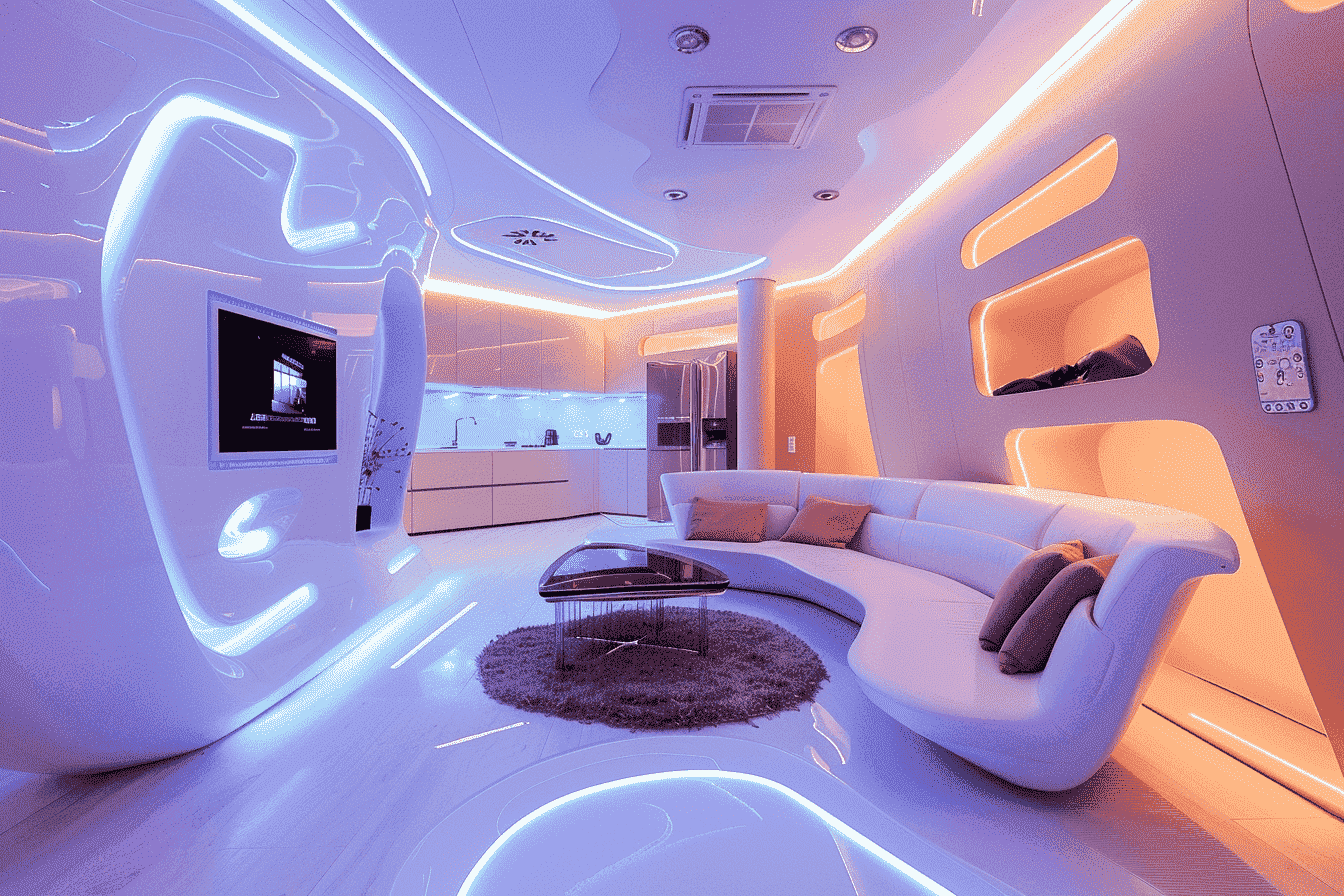
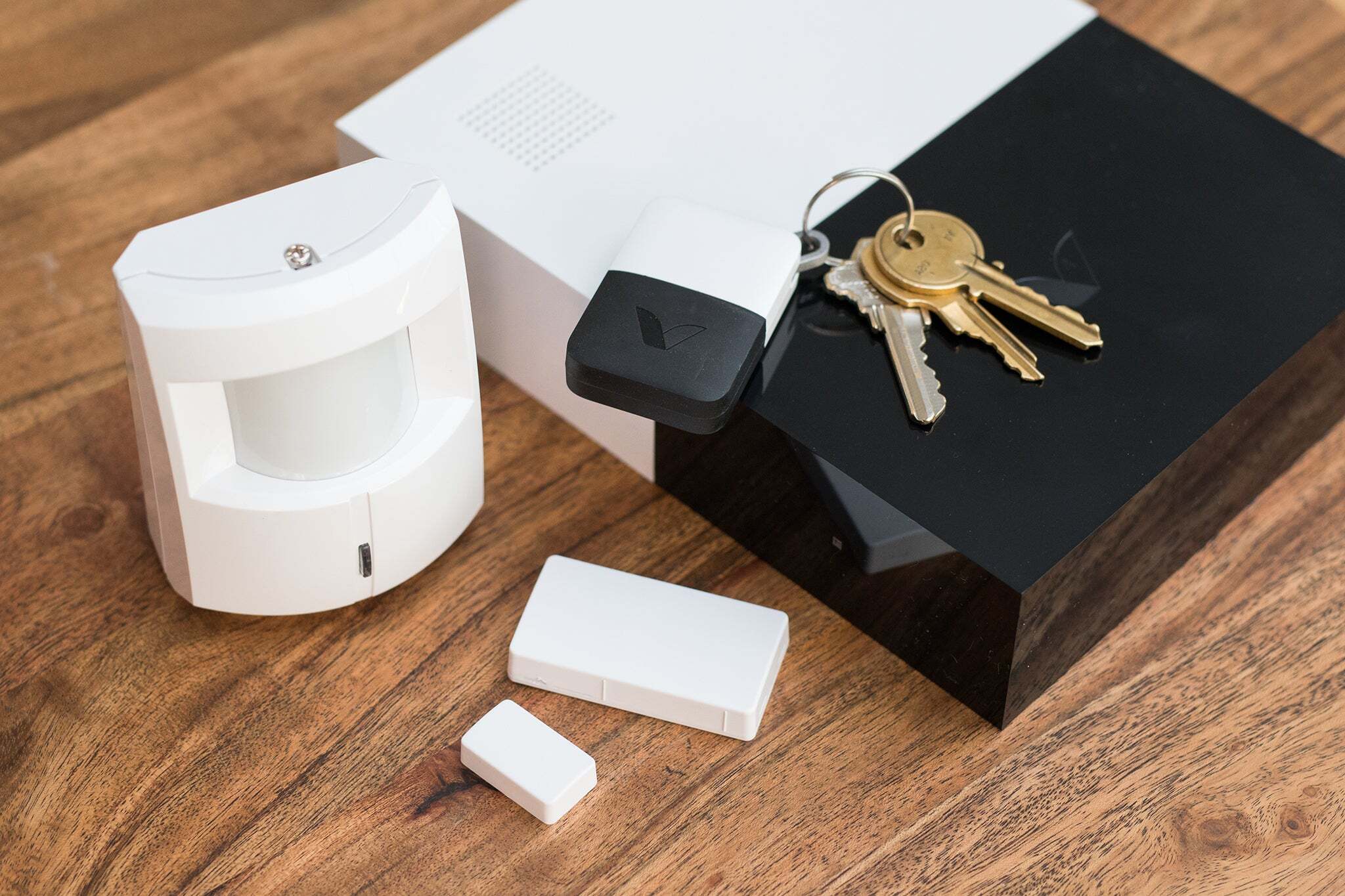
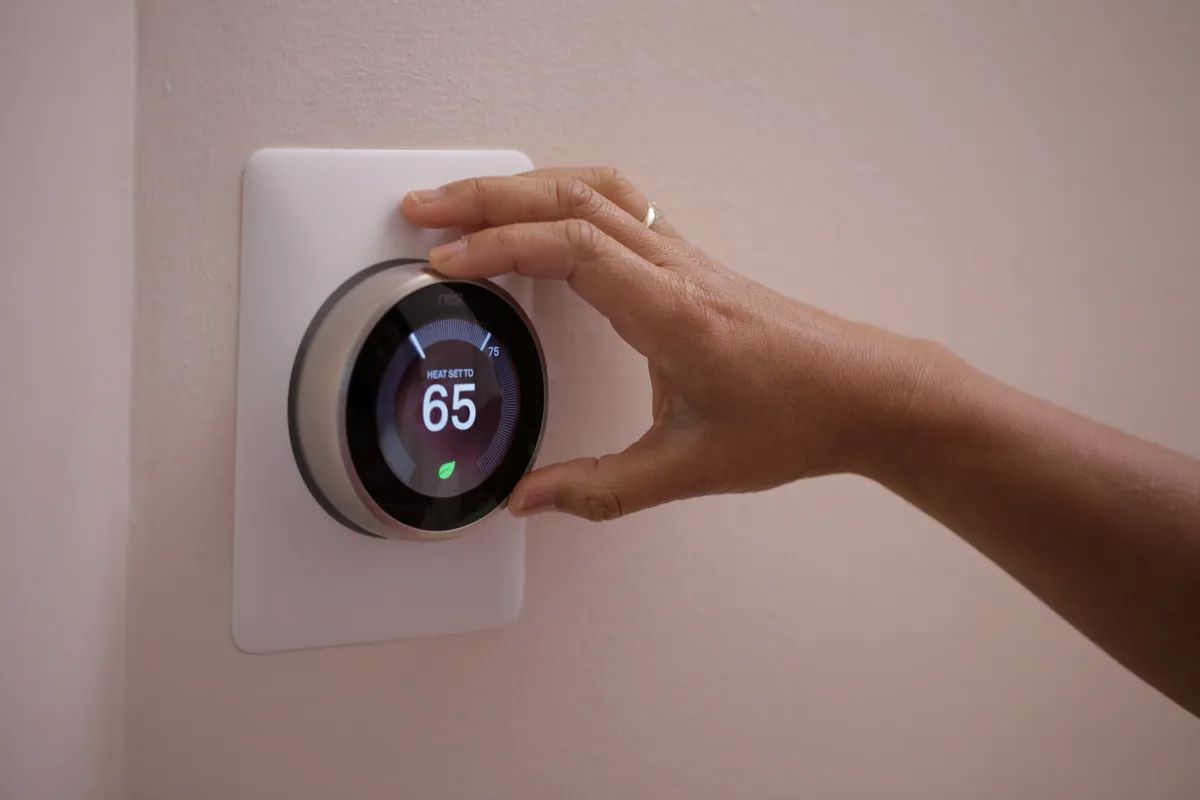
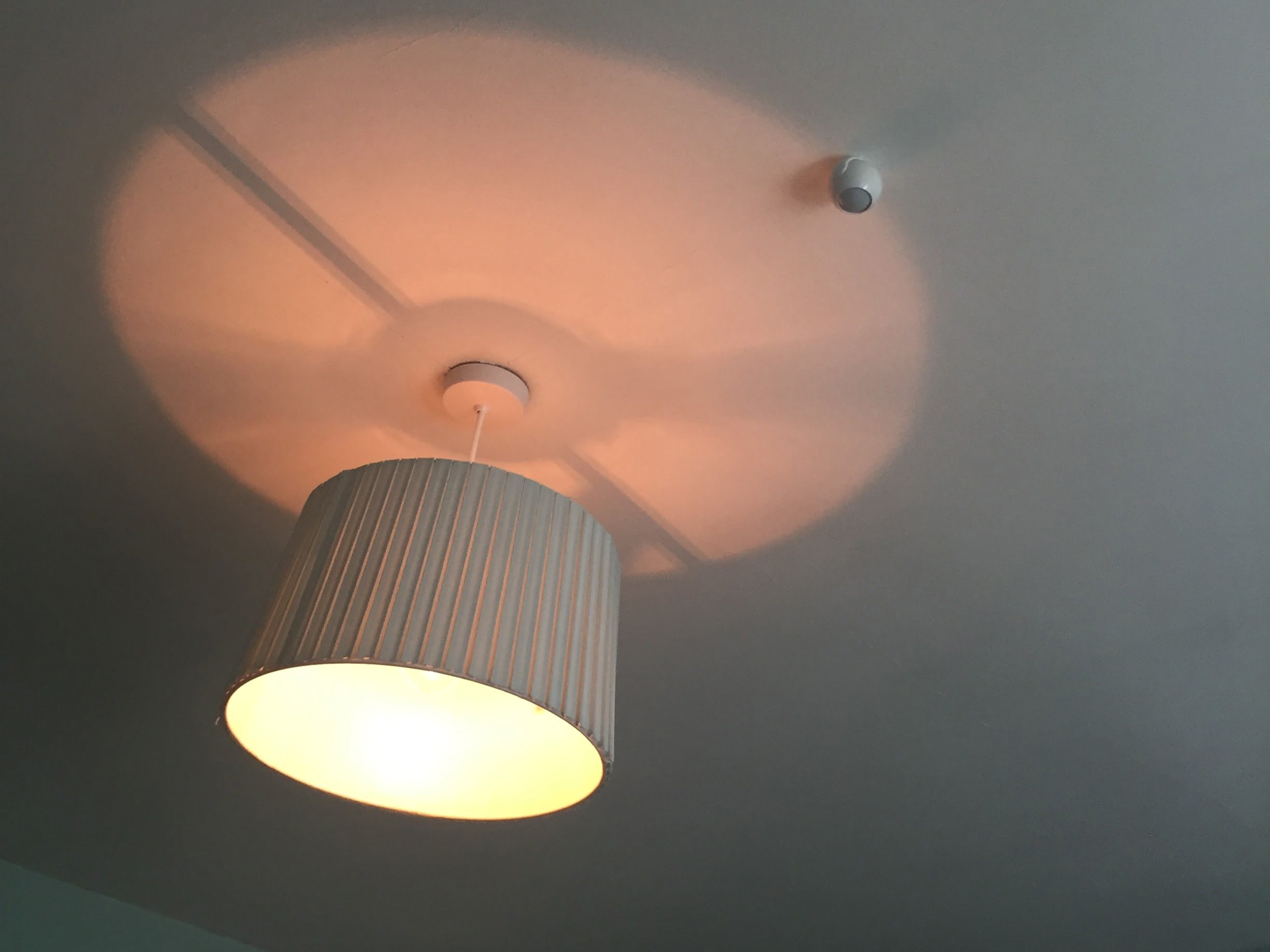
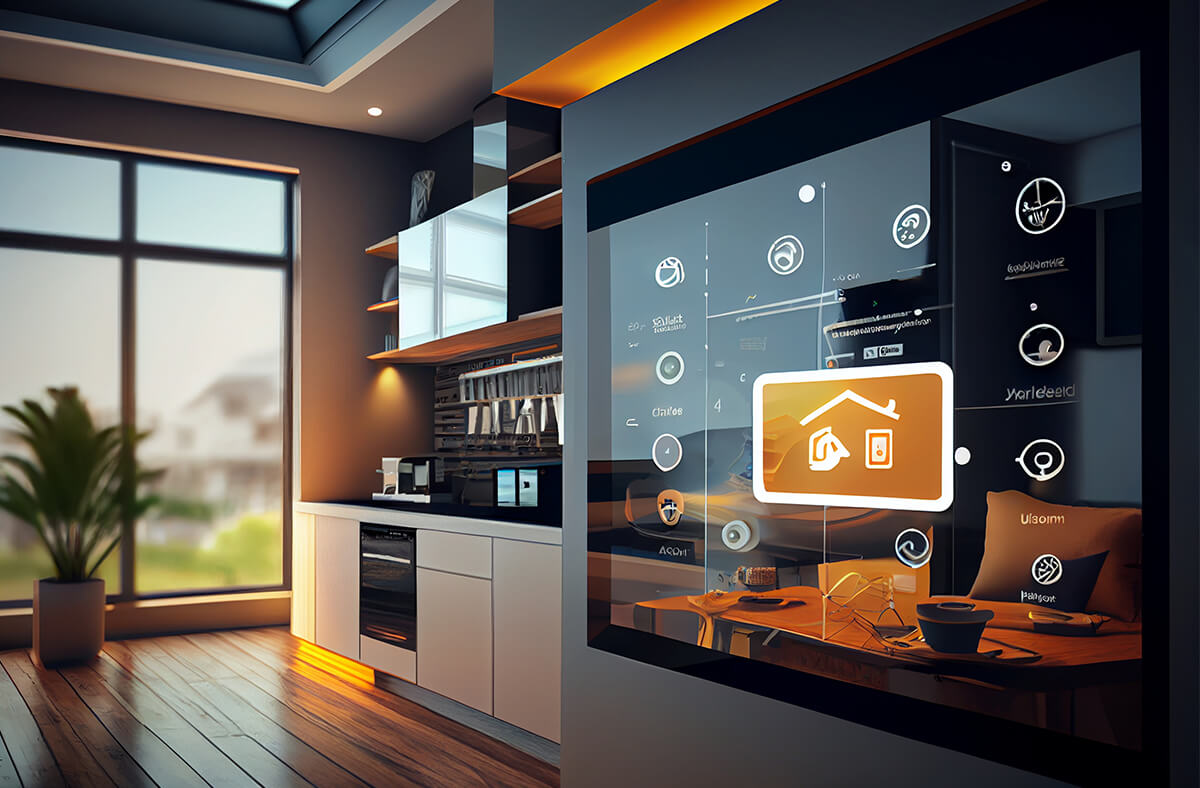
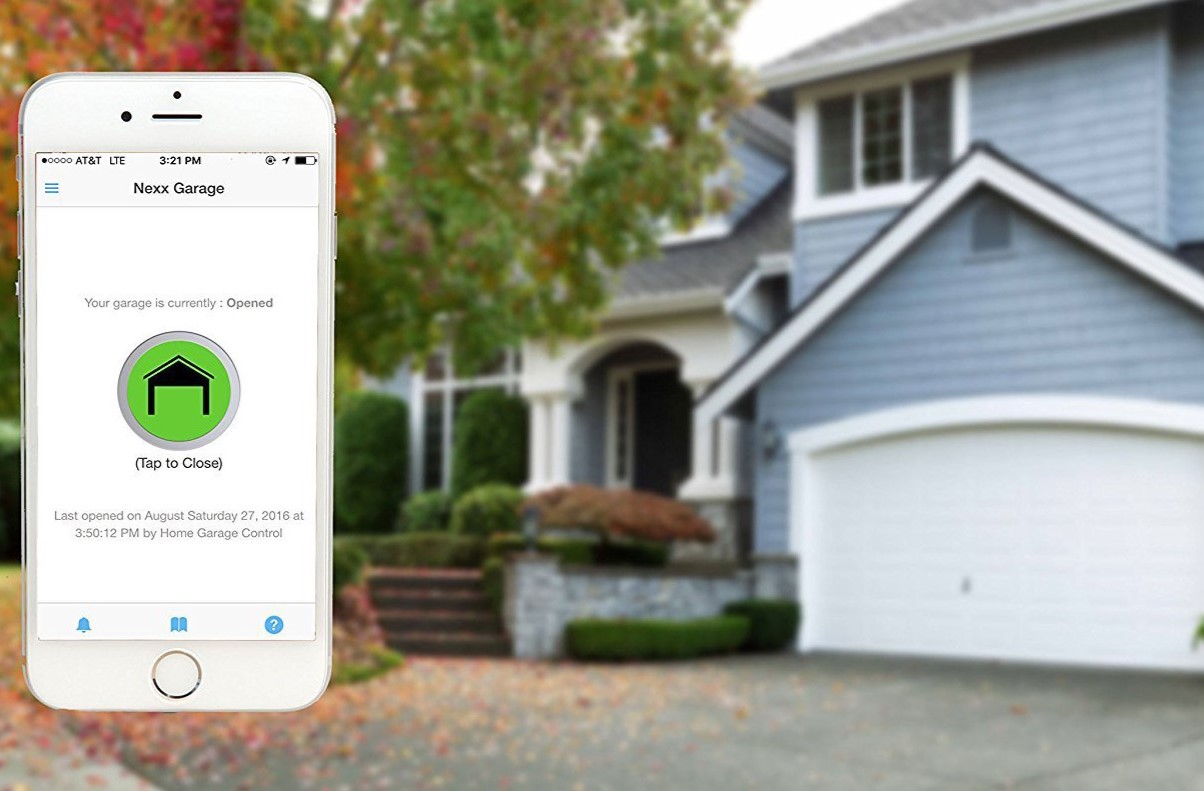
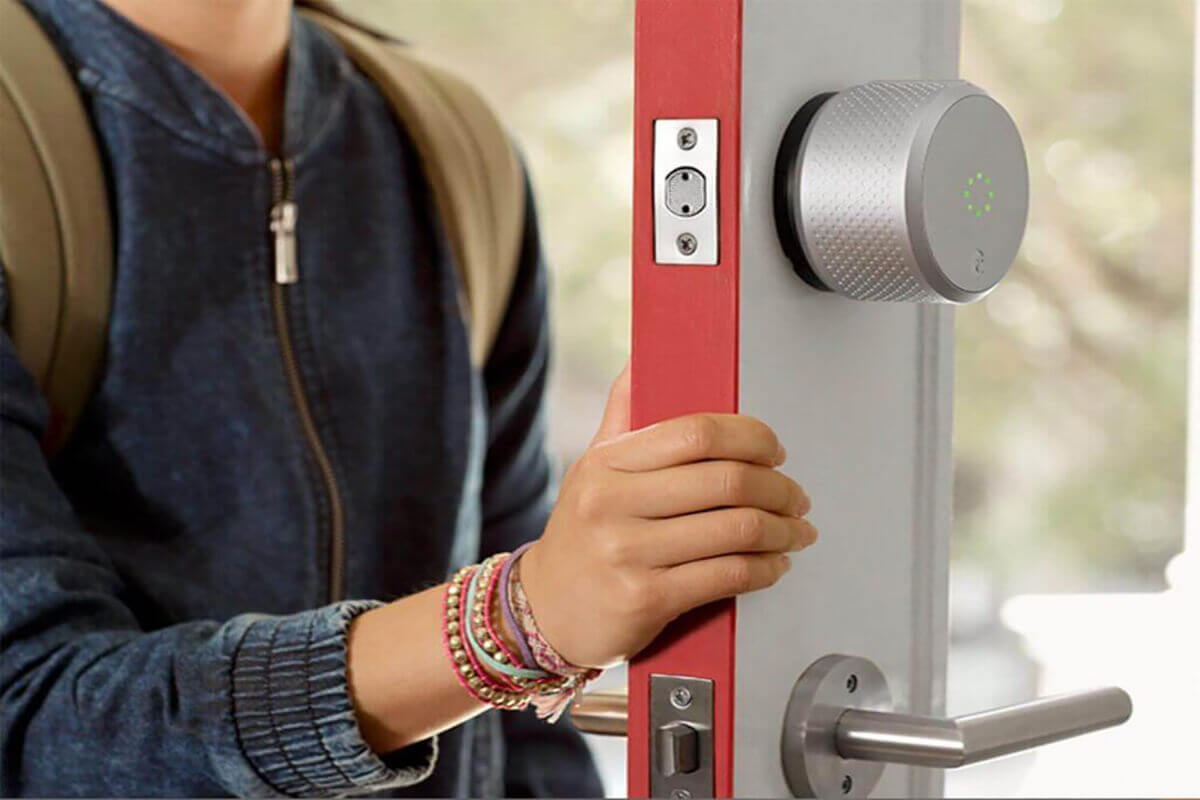
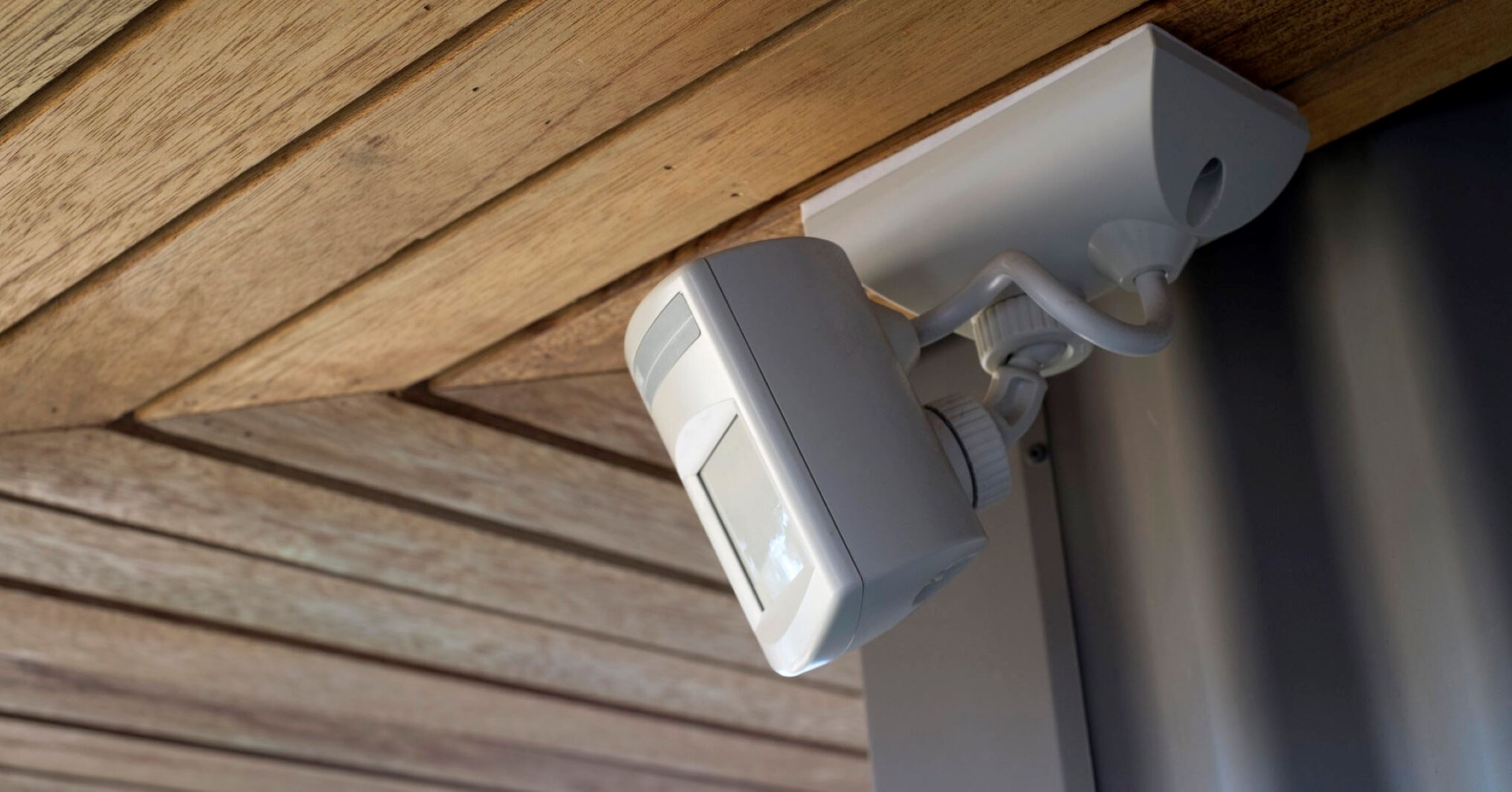


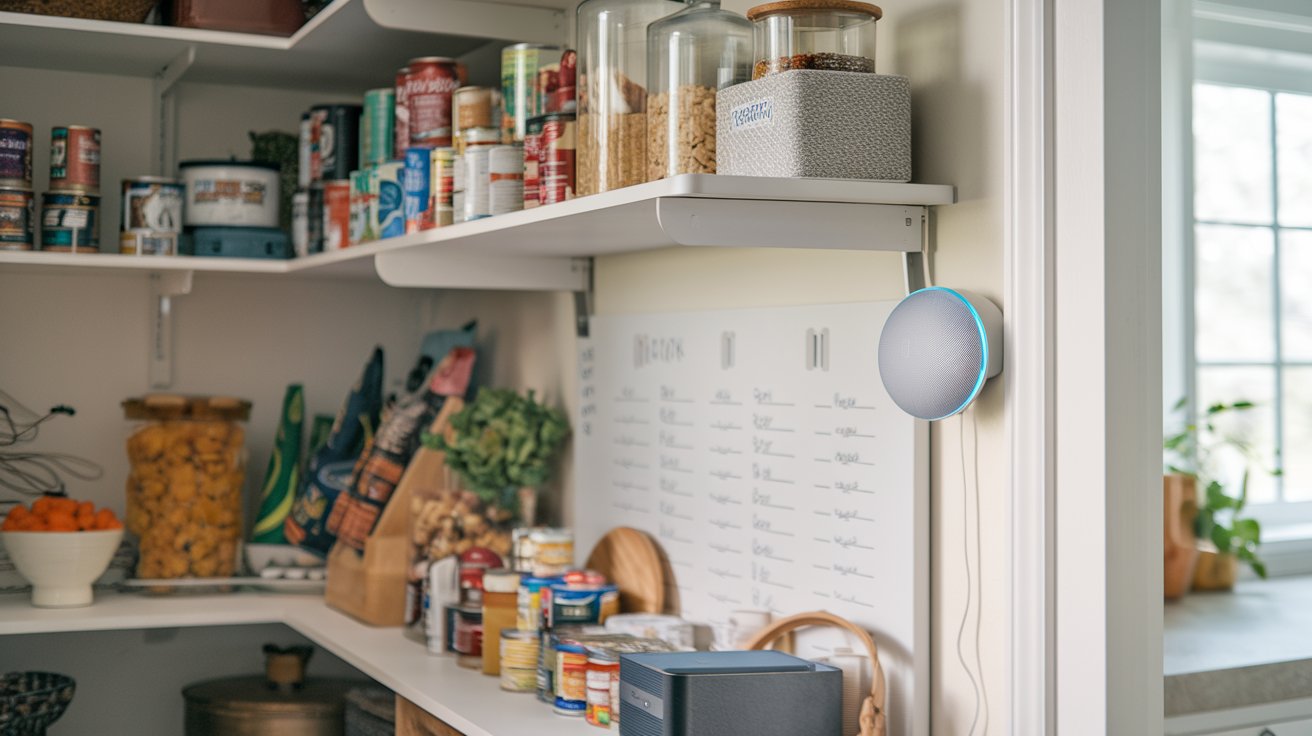
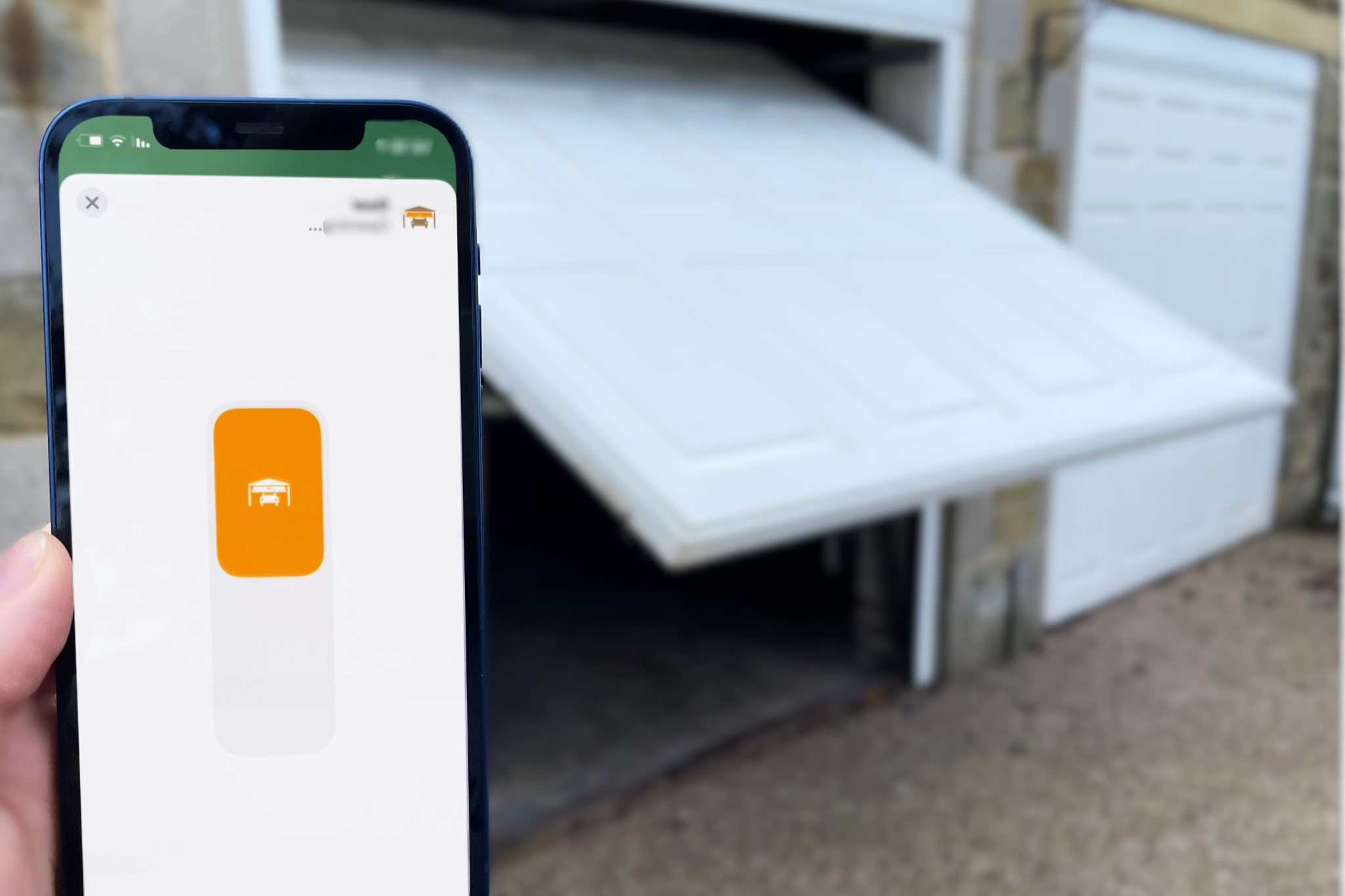
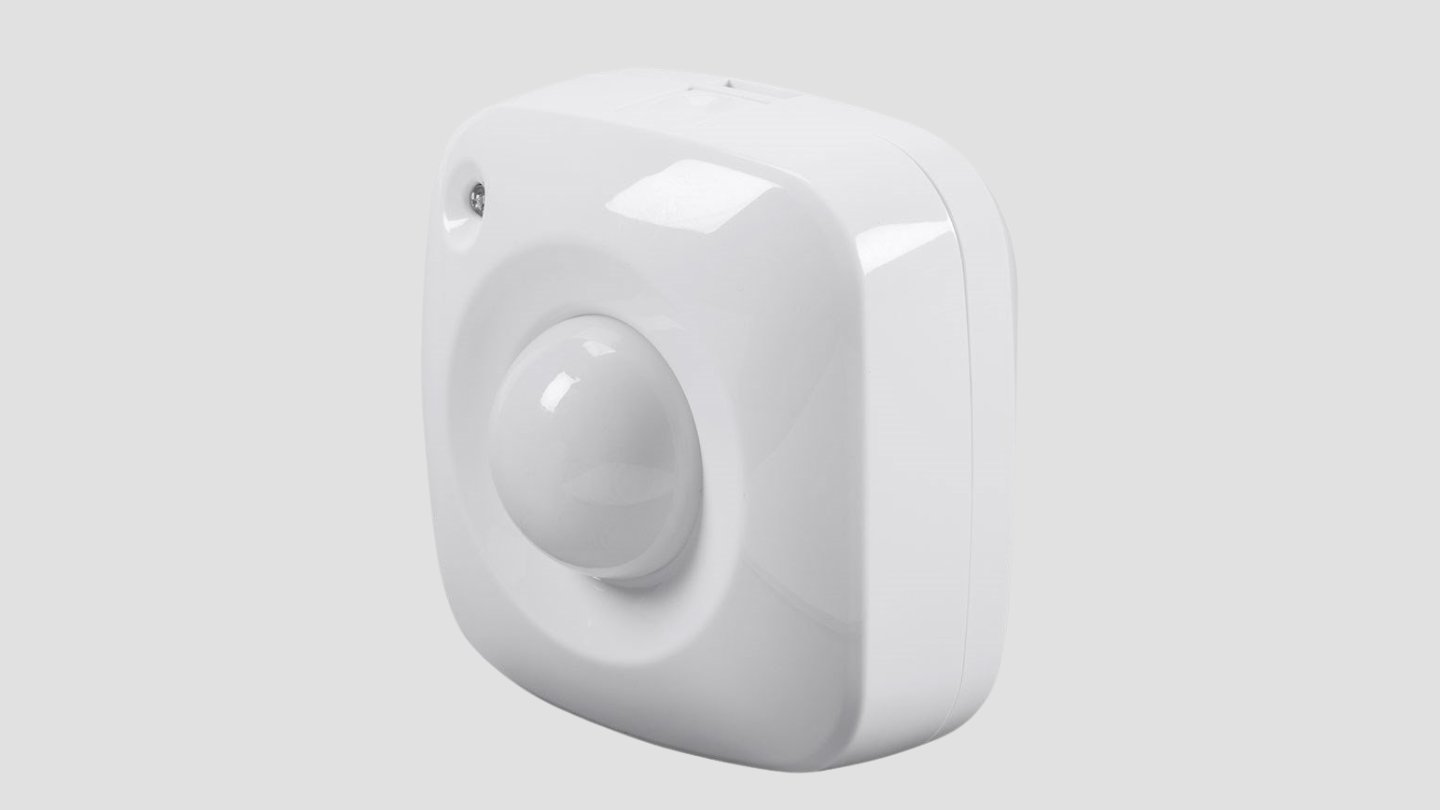
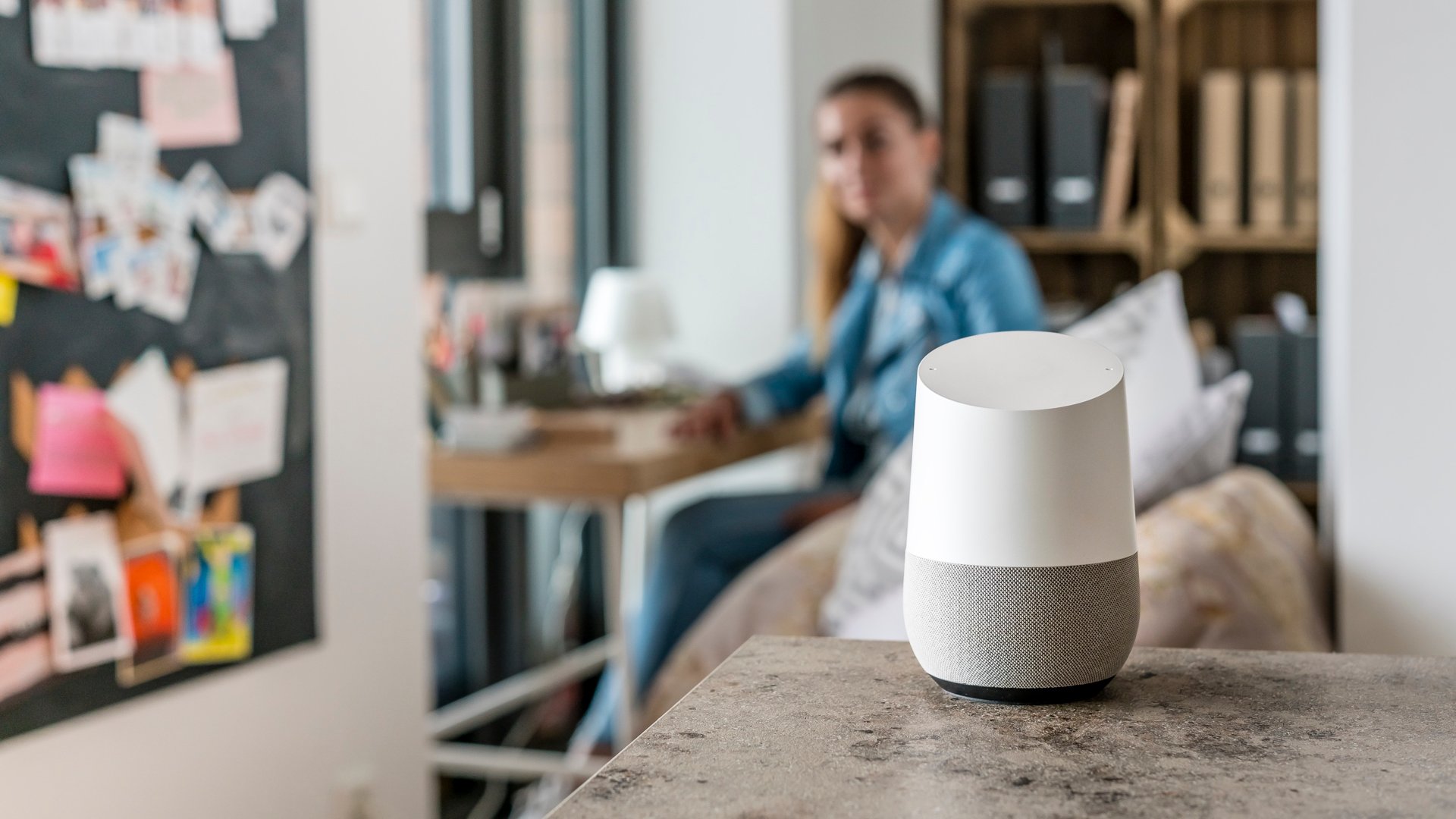

0 thoughts on “Voice-Activated Appliances and Integration with Smart Home Technology”